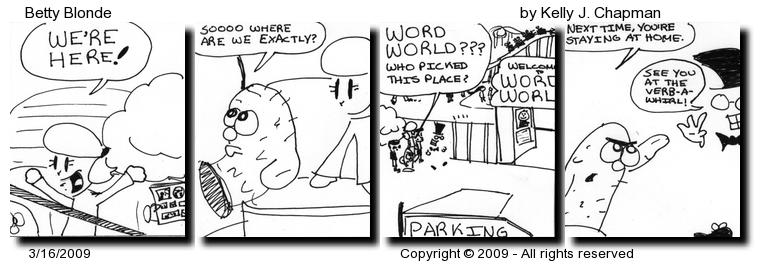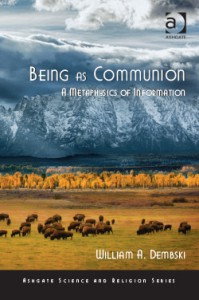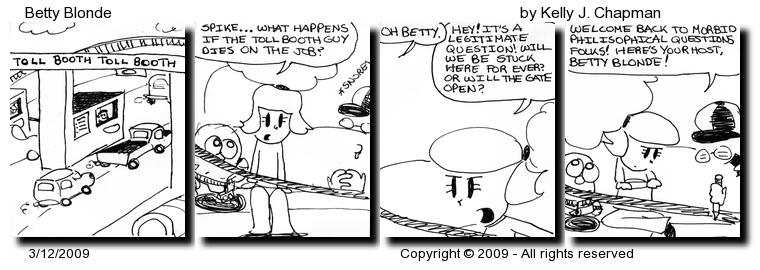I just finished a totally fascinating series of linked posts by and about a scholar from Rice University here in Texas on how difficult, impossible really, it is to make claims about abiogenesis based on the current state of human knowledge. Abiogenesis and the mind/brain problem are two of the greatest mysteries of our age. Honest people know that we do not know enough about either of them to even know how to to study them. I have written about the mind/brain problem on this blog in the past because it fascinates me. Here is one of my posts with links to articles that describe the mind/brain problem.
I have not really written that much about abiogenesis because it so far out of my areas of expertise. I have had a passing interest in the topic, but not enough skill or knowledge to talk about it coherently. Today, though, I ran into an article titled On Prebiotic Chemistry, Synthetic Chemist James Tour Urges an Admission of Ignorance that lead me to several other articles that provide what appears to be a pretty good overview of our current state of knowledge on the topic written on a level most laymen could understand. For giggles, you can see some of the cat fight that occurs when claims are made about this type of topic. I might note that Tour, who is about as good as it gets in describing difficult material to a lay audience, is not completely innocent of staying in his own domain–he makes a a statement about whether Intelligent Design falls within the realm of science, a question that could probably be best answered by someone who works in information theory and philosophy of science, which are well outside Tour’s area(s) of professional and scholarly expertise. That is a very minor quibble as the articles were fabulously interesting and informative. I list them below in the order I read them:

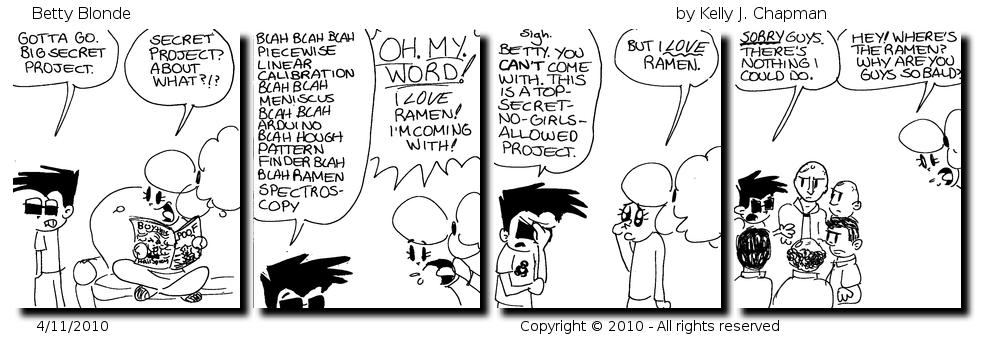


 Christian gave his paper at the
Christian gave his paper at the 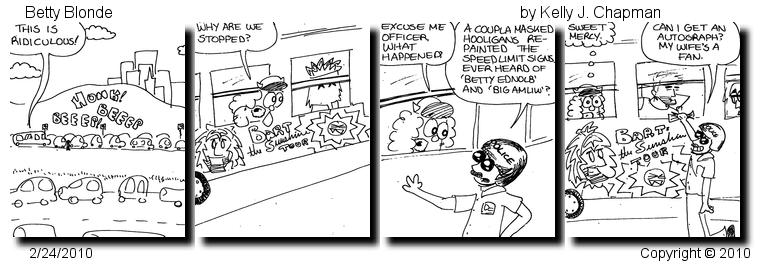
 An amazing thing happened yesterday. One of the managers at my work won a $5 Starbucks gift certificate for getting a correct answer on a safety question. In a classy move, he did a “guess the number” raffle with his team. About seven people participated. The number was 43. Two of the guessers got it right. We were pretty sure no one cheated. I was one of the guessers how picked 43. I picked it because 42 is the answer in Hitchhiker’s Guide to the Galaxy and I hate that pretentious, badly written tome so I one upped it to 43. What are the odds? My immediate thought is that my picking 43 was definitely not random. Actually, whether the reason for picking 43 was overt or subliminal, I am pretty confident the other two who picked it (the raffle organizer and the other guesser) did not pick it randomly either. But then what could be the cause?
An amazing thing happened yesterday. One of the managers at my work won a $5 Starbucks gift certificate for getting a correct answer on a safety question. In a classy move, he did a “guess the number” raffle with his team. About seven people participated. The number was 43. Two of the guessers got it right. We were pretty sure no one cheated. I was one of the guessers how picked 43. I picked it because 42 is the answer in Hitchhiker’s Guide to the Galaxy and I hate that pretentious, badly written tome so I one upped it to 43. What are the odds? My immediate thought is that my picking 43 was definitely not random. Actually, whether the reason for picking 43 was overt or subliminal, I am pretty confident the other two who picked it (the raffle organizer and the other guesser) did not pick it randomly either. But then what could be the cause?
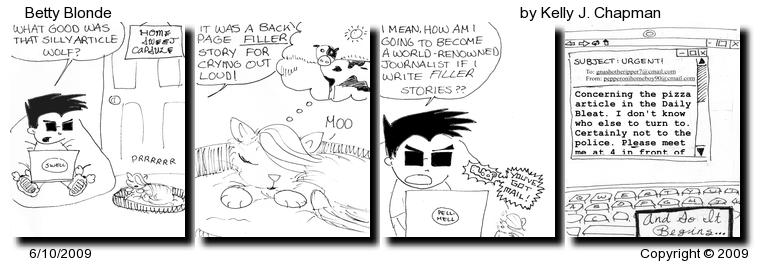
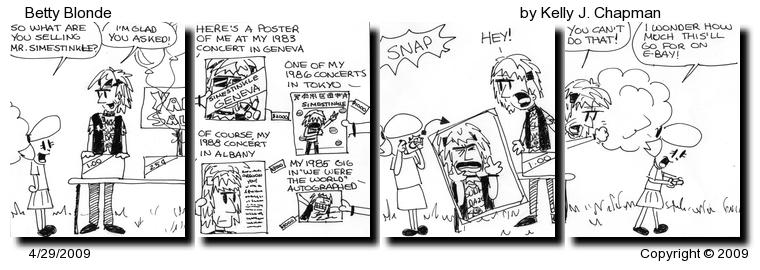

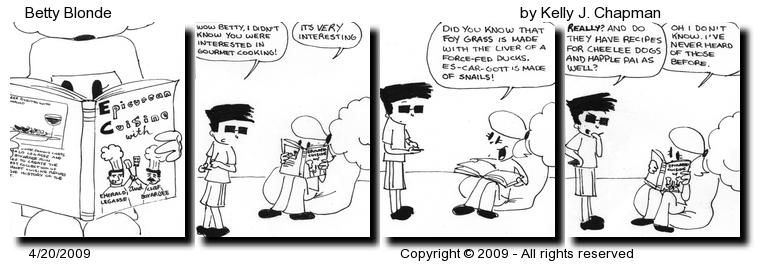

 I usually wimp out when it comes to learning
I usually wimp out when it comes to learning 

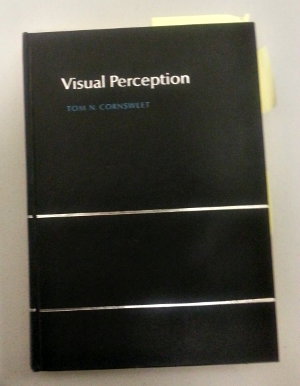 I work closely with Tom as part of a team that is implementing his “vision” of an instrument to help ophthalmologists and optometrists do their work better. It is a joy to work with him and I am learning a lot about how humans do the things I have spent my career trying to do inside computers.
I work closely with Tom as part of a team that is implementing his “vision” of an instrument to help ophthalmologists and optometrists do their work better. It is a joy to work with him and I am learning a lot about how humans do the things I have spent my career trying to do inside computers.